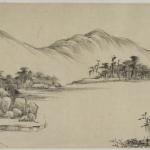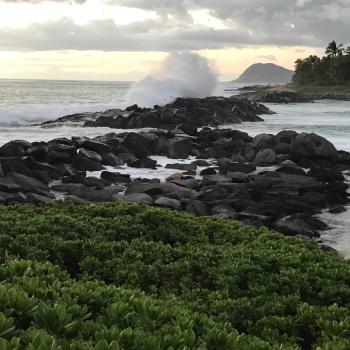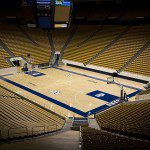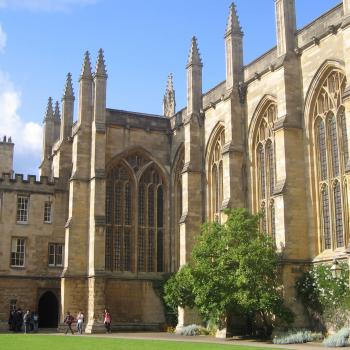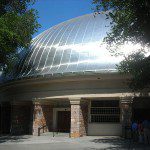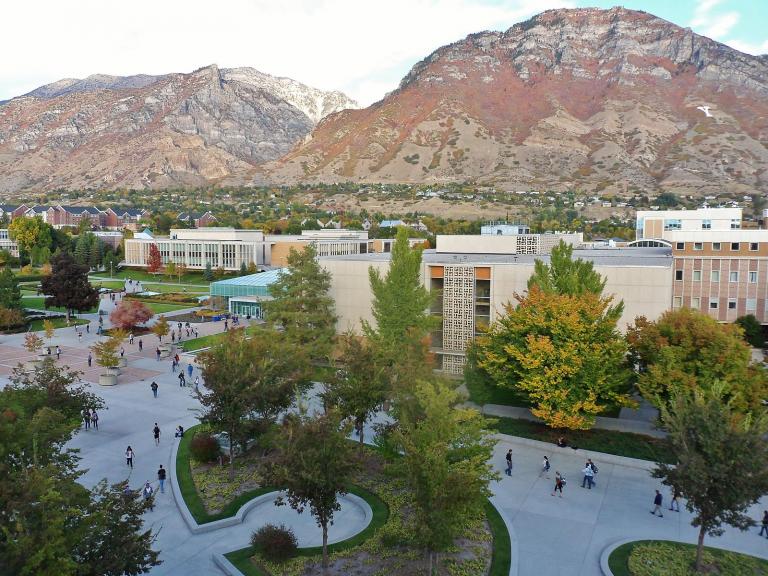
(Wikimedia Commons public domain image)
Last night, I was among a group of people who had been invited to a meeting with Elder Clark G. Gilbert, a member of the Seventy, who currently serves as Commissioner of Education for the Church Educational System; Elder Alvin F. Meredith III, who is also a member of the Seventy and who was relatively recently appointed president of Brigham Young University-Idaho; and C. Shane Reese, the still relatively new president of the main Brigham Young University campus in Provo, Utah.
The announced topic of the meeting was “Innovations and Initiatives at BYU and BYU-Idaho.”
I was especially pleased to hear Elder Gilbert say, and repeat, and emphasize as one of the points that he really wanted attendees to register was — in these precise words — “BYU is serious about its religious mission.”
President Reese stressed the same point. As BYU’s academic vice president, he said, he had made it his practice to interview every serious new candidate for faculty hiring in order, among other things, to determine whether the individual really wanted to participate in the University’s religious mission. Now, as president of the University, he is only able to interview about fifty percent of such candidates. Most, he said, do indeed want to be involved in the spiritual aspects of the University. For those who do not, he says, he wishes them every career success at some other institution.
This was music to my ears, as was President Reese’s declaration of the fundamental importance of faculty hires. (See my entry “On the future of BYU” from late last year.)
President Reese also pointed, among many other things, to BYU’s first-ever required “student success class.” Having taken note of studies and their own observations of the generational “epidemic of loneliness” that many have noted across the United States, BYU has designed hundreds of sections of relatively small classes — maximally twenty-four students — in which the professors will be sure to know student names and, among other things, the classes will attend devotionals, athletic activities, theatrical performances, and art exhibits together
President Meredith, who goes by the unexplained nickname of “Trip,” said, if I understood him correctly, that his trip to Rexburg to be announced as the new president of BYU-Idaho, was only the second visit that he had paid to the town in his entire life. But he and his family are loving their assignment.
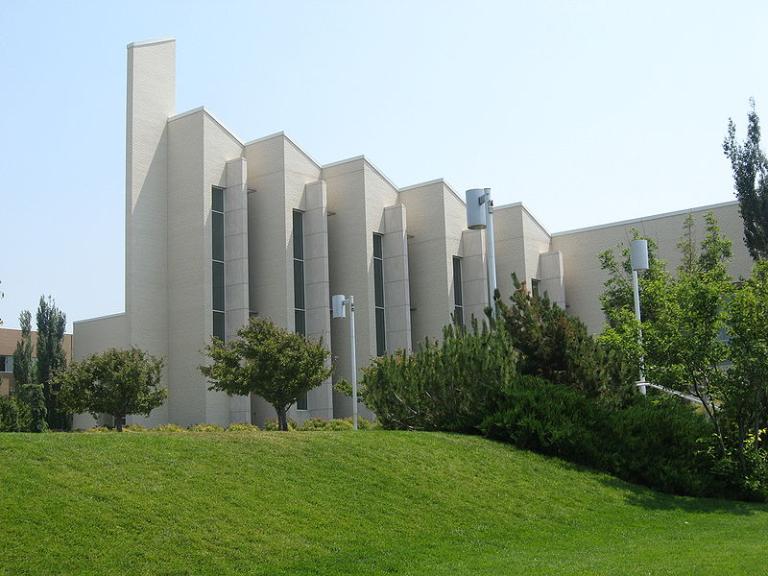
(Wikimedia Commons public domain image)
Another theme of the meeting was that BYU-Rexburg has come a very long way in the past twenty-five years, and that there is a gap between the outdated perception of the school held by many and its spectacularly altered current condition. After all, President Meredith noted, the leaders of the school during the past quarter of a century have been high-powered innovators: The president of BYU-Idaho twenty-five years ago was David A. Bednar, an academic expert in organizational behavior who is now a member of the Quorum of the Twelve Apostles. It was during his administration that the school became a four-year, baccalaureate-granting institution and changed its name from Ricks College to BYU-Idaho. Elder Bednar was replaced by Kim B. Clark, who left his position as dean of Harvard Business School to assume the presidency in Rexburg and who went on to become a member of the Seventy. Elder Clark was replaced, in turn, by Elder Clark Gilbert himself, who was then replaced by President Meredith’s immediate predecessor, Henry J. Eyring, the son of President Henry B. Eyring of the First Presidency of the Church of Jesus Christ of Latter-day Saints, who was himself a distinguished academic, a former president of what is now BYU-Idaho, and the son of a famous theoretical chemist.
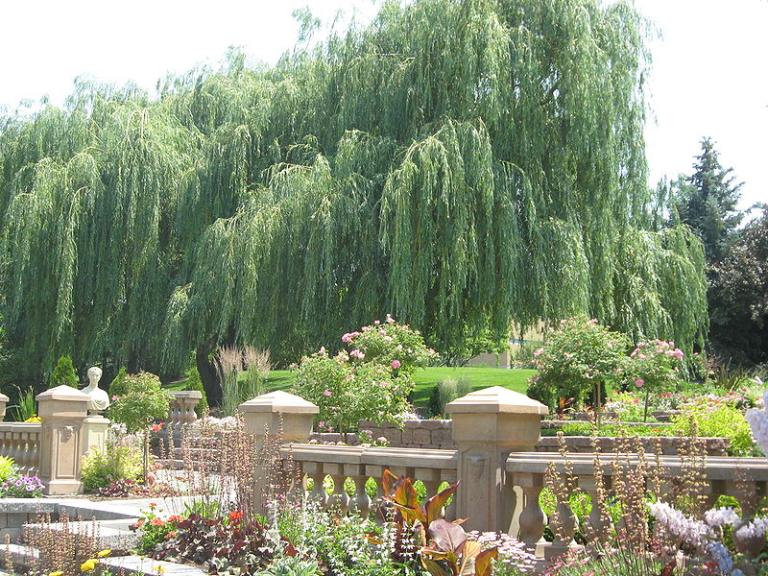
A recurrent topic was sharing the news that BYU-Idaho is worth a new look, that it has an enormous amount to offer. Elder Gilbert described it — and, in my view, not without solid grounds — as “probably the most student-centered university in the United States.”
I found the meeting quite inspiring. It reminds me of why I fervently wanted to join the BYU faculty in the first place. It was, and is, a cause in which I deeply believe. In recent years, I’ve had cause to worry a bit, but I think that the leaders of the Church and the University are taking steps to fix what I had seen as “drift.” One of the drawbacks about being a geezer, now retired and resting (fairly comfortably) on the trash heap of history, is that I won’t be able to participate actively in the next chapters. But I wish the very best to those who are involved in these new efforts.
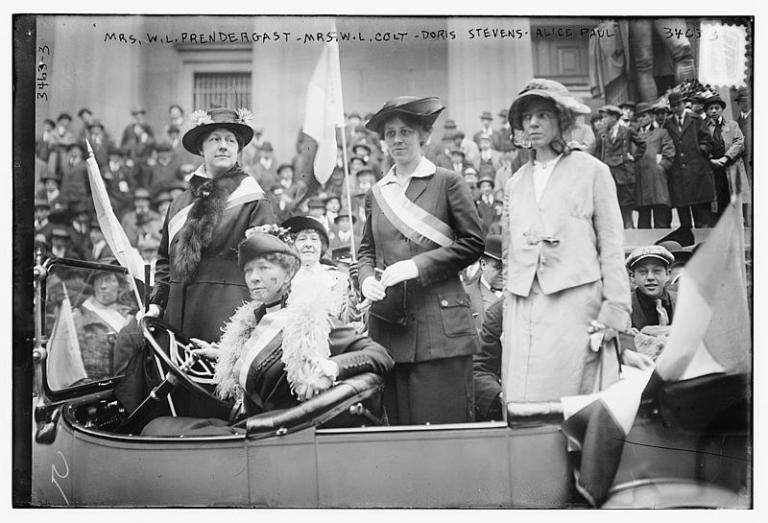
At last night’s gathering, Jacob Hess alerted me to an article of his that was slated to appear within a few hours. It has now been published, and it’s well worth a read:
And here are some items from out along the gender frontier that are also worthy of notice:
From the always interesting Protestant sociologist Ryan Burge (for the quotation and a more detailed graph, see here):
Among college students – this is the breakdown of sexual orientation by religious tradition. 85% of Muslims say they are straight. About the same for Protestants. Just 55% of atheists say they are straight and 53% of agnostics. One surprise is LDS – just 78% are straight.
“In all likelihood, we are currently witnessing one of the biggest medical scandals in modern history, and a tidal wave of regrets and lawsuits will soon follow in its wake.”
National Review: “Nearly a Quarter of Gen Z Identifies as LGBTQ+, New Poll Finds”
National Review: “This Just In: Scientists Discover That Men’s and Women’s Brains Work Differently”
National Review: “Britain Rejects the Sinister Fiction of the ‘Transgender Child’”
Forbes: “UK Bans Puberty Blockers For Minors”
The European Conservative: “The Collapse of Cultural Christianity—And the Rise of Cultural Queerness”
Catholic News Agency: “Survey: Slight decrease in gay marriage support, uptick in religious freedom support in U.S.”
National Review: “Female Swimmers Sue NCAA over Male Competition, Demand Return of Trophies, Monetary Damages”



